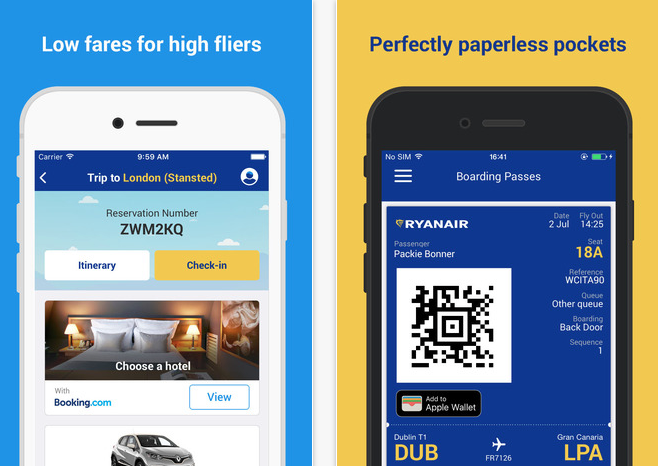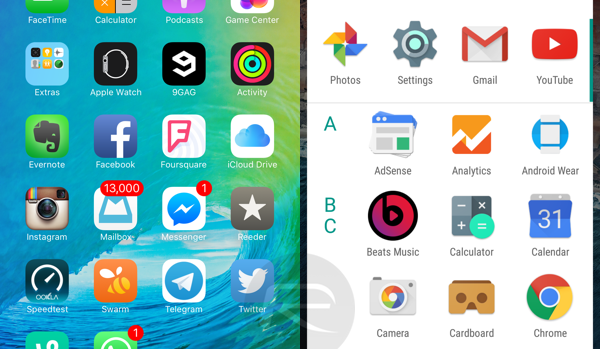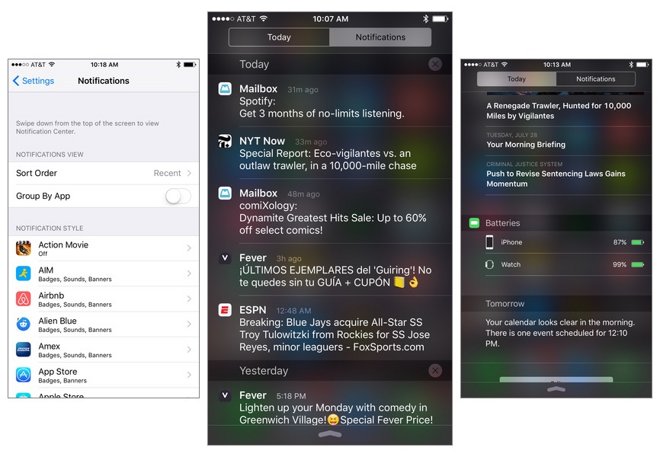In our recent article, Building an App to Leverage Your Website, we looked at why it’s worth the investment for businesses to build an app.
What we found was:
- Consumers are spending more time in apps, and you should consider it a primary touch point for your customers
- Apps provide a better user experience on mobile devices than mobile or traditional websites
- Apps provide a direct channel from you to your users, which can include push notifications to drive user action
- Apps create opportunity for more engaged, more targeted, and more timely marketing in comparison to websites
Taking these trends into consideration, we believe more and more businesses will benefit from adding an app to their digital properties.
In this article, we cover in more detail the how: how you decide what you want your app to do, how to build it properly, and how you market it, both to drive downloads and to increase engagement.
What do you want your app to do?
Just like approaching any digital project, the first step is to understand the scope and requirements of the project.
First, establish what sort of goals you want to achieve with your app.
Do you want to use it to suit a specific user group? For example, a banking app might be built specifically for users on the move. Or maybe you want your app to simply provide a better mobile experience than what’s currently being offered by your mobile website.
Ryanair, for example, has a mobile app that they use to provide a better mobile experience – the product offering between the web and the app is the same, it’s the user experience that changes.

Understanding what you want from your app is crucial to ensuring success.
Whether as an extension of your website or mobile replacement, use the data you have from your website to help you understand where an app might work best, and use that to build a business case for why you want to build an app based on existing website data.
For example, an e-commerce website that was thinking about building an app to improve the mobile shopping experience for its customers could use existing data about purchase behaviour, drop off rates, and what device your traffic is coming from to decide if developing an app is even going to be worth it for your company.
By thinking about your app as an extension of your site, it allows you to zero in on insights that might otherwise have been ignored.
Pick your development method
Once you have a committed to a defined idea of what your new app will do, it’s time to pick a development strategy. And, like web development, there are plenty of options.
Bespoke app design
This approach will require the largest investment in terms of time and resources, but it will produce by far the best final product.
The process of building a bespoke app is granular, and unlike other approaches, requires more thoughtful planning upfront.
The biggest benefit of having a bespoke app is that it is unique to each business, much like the problems they face.
An example of this is 9 Story Entertainment whose sales team faced a novel problem. As a creator, producer and distributor of award-winning animated and live-action shows, it was important that when meeting potential customers their sales team had access to the content they needed. With sales reps often visiting areas where internet coverage was limited or unreliable, 9 Story couldn't just make their sales collateral available online - and uploading all of their rich content onto the reps device was prohibited by the volume and size of the shows.
This problem left their sales team missing opportunities with potential customers.
After discussing with 9 Story, the decision was made to create an iPad app that allowed reps to download and save the rich media and marketing collateral ahead of time, to be able to present on-demand. Reps could now load their iPad with the content they would need for the clients they were going to meet - without worrying about connectivity.
In this case, using anything other than a bespoke app would have been difficult because of the functionality 9 Story was looking for wasn't readily available. Pursuing a bespoke app was also worth the investment - their sales team was able to improve their sales presentation and generate more sales, quickly earning back the money it invested in the app.
Templated app

Much like bespoke clothes aren't the only ones on offer, there are plenty of companies who offer more off-the-rack solutions to those who have less specific requirements.
Templated app products are essentially the templated WordPress sites of the app world. They usually come with drag-and-drop tools, the promise of no coding, and help with both the Google Play and Apple App Store approval processes.
Any add-ons or customization you might want are liable to be expensive. This sort of service is good for companies with a fairly narrow range of app needs in a fairly developed vertical. E-commerce sites are a good example of sites that might do well with templated apps.
Grafted apps
This is probably the least expensive option for turning your site (or a section of it) into an app. This is when you have a development company take your existing site and literally convert it into an app.
On the plus side, it’s relatively inexpensive and much faster than bespoke development, but the obvious drawback is that it doesn’t encourage you to use all the various benefit of an app.
We’d recommend only using this service as a trial for a larger app design/development project.
Market your app

Marketing the app is where a lot of companies fall short. The time and energy it takes building an app can drain your team and, often, there’s no zest left to drive your app into the hands of users.
But just bringing your app to market and getting it into an ecosystem, is no longer enough.
You need to also be raising awareness, across numerous channels, in many different ways.
So what does app marketing actually look like?
There are two clear goals to marketing an app.
First you need to drive people to your app and get them to download it.
Second, you need to get people to engage with your app.
There are lots of apps on each and every smartphone out there, but only a small handful really hold sustained user attention.
But first, driving downloads. This should be like any acquisition campaign. Existing social media channels (paid and earned), PPC ads, email marketing, your own website – these are all valid channels to explore to get your app downloaded.
The more challenging part is around engagement.
How can you engage your users to open the app and use it on a regular basis? This is where push notifications come in.

Push notifications are a key and unique part of any app marketing campaign, and gives companies lots of different opportunities for engaging with app users:
- They can be used to target people with specific price changes. For example, if you sell clothes, you might send out push notifications when an item that a customer has been looking at goes on sale.
- They can be used to target people in a specific place. Geo-fencing around your physical locations, and even configuring beacons in-store, are great ways to boost in-store and in-app engagement. Limited time offers, location-specific messaging, and other upsells are all part of this conversation.
- They can be used to draw drifting users back in prior to lapsing. Push notifications can be used to re-engage latent users, encouraging them to reopen and re-use your app.
In short, if you take advantage of your app’s capabilities, you can hone your communications to hit the right people at just the right time.
Conclusion
Turning your website into an app offers many benefits to an organization. It positions you to be where your customers are, it creates a better user experience, and it enables better, more useful and more timely communication with your customers.
Of course, the cost of building one can seem enormous; but, if done right, it is an investment well worth making.
An app isn’t just an investment in technology – it’s an investment in improving your interactions with your customers, no matter how they choose to engage with your company.
